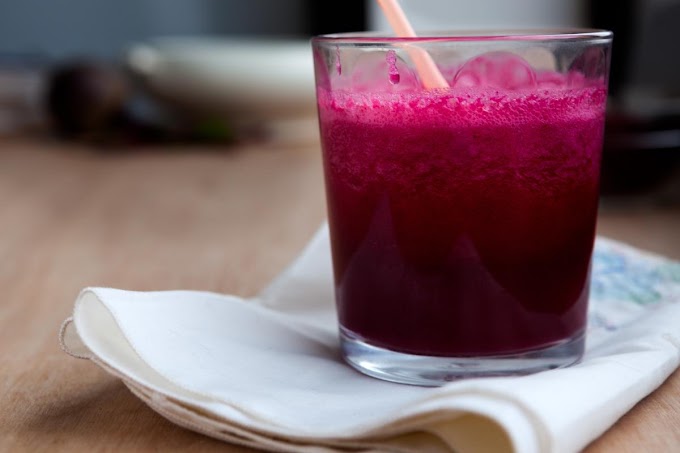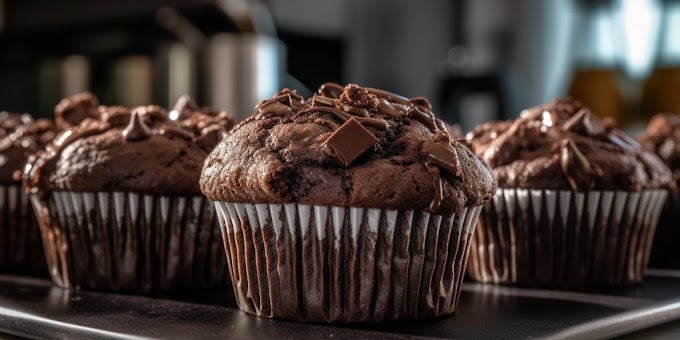1. Choosing the Right Cut of Chicken
The foundation of juicy chicken tenders begins with the quality of the meat. Chicken tenders are the small, tender strips of meat attached to the underside of the chicken breast. They are naturally lean, which means they can dry out easily if overcooked. When purchasing chicken tenders, look for fresh, organic, or free-range options, as these tend to have better flavor and texture. If you’re cutting your own tenders from chicken breasts, try to make them uniform in size to ensure even cooking.
2. Brining: The Secret to Juicy Chicken
One of the most effective methods to keep chicken tenders juicy is brining. Brining is a process of soaking the chicken in a saltwater solution, which helps the meat retain moisture during cooking. Here’s how to do it:
Prepare the Brine: Mix 1/4 cup of kosher salt with 4 cups of water in a large bowl. You can also add sugar, herbs, or spices to infuse additional flavor.
Soak the Chicken: Submerge the chicken tenders in the brine and refrigerate for at least 30 minutes, but not more than 4 hours.
Rinse and Pat Dry: After brining, rinse the tenders under cold water and pat them dry with paper towels. This step ensures the chicken won’t be too salty and helps achieve a nice sear during cooking.
Brining enhances the juiciness of the chicken by allowing the muscle fibers to absorb the seasoned water, resulting in a more flavorful and tender bite.
3. Marinating for Extra Flavor
While brining focuses on moisture retention, marinating is about infusing flavor. A good marinade typically includes an acid (like lemon juice or vinegar), oil, and seasonings. Here’s a simple marinade recipe:
Ingredients:
1/4 cup olive oil
2 tablespoons lemon juice
2 garlic cloves, minced
1 teaspoon paprika
1 teaspoon dried oregano
Salt and pepper to taste
Method:
Combine all ingredients in a bowl or zip-top bag.
Add the chicken tenders and coat them thoroughly with the marinade.
Refrigerate for 30 minutes to 2 hours.
The acid in the marinade helps to tenderize the meat, while the oil helps to keep it moist during cooking. Just be cautious not to marinate for too long, as the acid can start to break down the meat and affect its texture.
4. Cooking Techniques for Perfect Chicken Tenders
Now that your chicken tenders are prepped, it’s time to cook them. The key is to use a method that cooks the chicken evenly and quickly, preserving its juiciness.
Pan-Searing
Pan-searing is a quick method that helps lock in moisture while creating a delicious crust on the outside.
Preheat a Pan: Heat a heavy skillet or cast-iron pan over medium-high heat. Add a tablespoon of oil (like vegetable or canola oil) and let it heat until it’s shimmering.
Cook the Chicken: Place the chicken tenders in the pan, being careful not to overcrowd them. Cook for 3-4 minutes on each side until golden brown and cooked through. The internal temperature should reach 165°F (74°C).
Rest the Chicken: After cooking, let the chicken tenders rest for a few minutes. This allows the juices to redistribute throughout the meat, ensuring each bite is juicy.
Baking
Baking is a healthier option that still produces tender, juicy chicken tenders.
Preheat the Oven: Set your oven to 400°F (200°C).
Prepare the Tenders: Place the brined and/or marinated tenders on a baking sheet lined with parchment paper or foil. You can also bread them for extra texture.
Bake: Cook for 15-20 minutes, flipping halfway through, until the internal temperature reaches 165°F (74°C).
Broil for Extra Crispiness: For a crispy finish, broil the tenders for the last 2-3 minutes of cooking.
Air Frying
The air fryer is a modern method that provides a crispy exterior without the need for excessive oil.
Preheat the Air Fryer: Set it to 375°F (190°C).
Prepare the Tenders: Lightly spray the chicken tenders with cooking spray and place them in the air fryer basket in a single layer.
Cook: Air fry for 10-12 minutes, flipping halfway through, until the tenders are golden and cooked to 165°F (74°C) internally.
5. Resting and Serving
After cooking, it’s important to let the chicken tenders rest for a few minutes. This resting period allows the juices to settle, which prevents them from escaping when you cut into the meat.
Serve your chicken tenders with your favorite dipping sauces, such as honey mustard, ranch, or barbecue sauce. They also pair well with sides like coleslaw, roasted vegetables, or a fresh salad.
6. Tips for Success
Use a Meat Thermometer: To avoid undercooking or overcooking, use a meat thermometer to check that the internal temperature of the chicken has reached 165°F (74°C).
Don’t Overcrowd the Pan: When pan-searing or baking, give the chicken tenders enough space to cook evenly.
Season Generously: Whether you’re brining, marinating, or breading, don’t skimp on seasoning. Chicken tenders benefit from bold flavors.
Conclusion
Making juicy, well-cooked chicken tenders is all about the right preparation and cooking techniques. By choosing high-quality meat, using brining and marinating methods, and employing the appropriate cooking techniques, you can ensure that your chicken tenders are always moist, flavorful, and cooked to perfection. Whether pan-seared, baked, or air-fried, these tips will help you create delicious chicken tenders that everyone will love.








Social Plugin